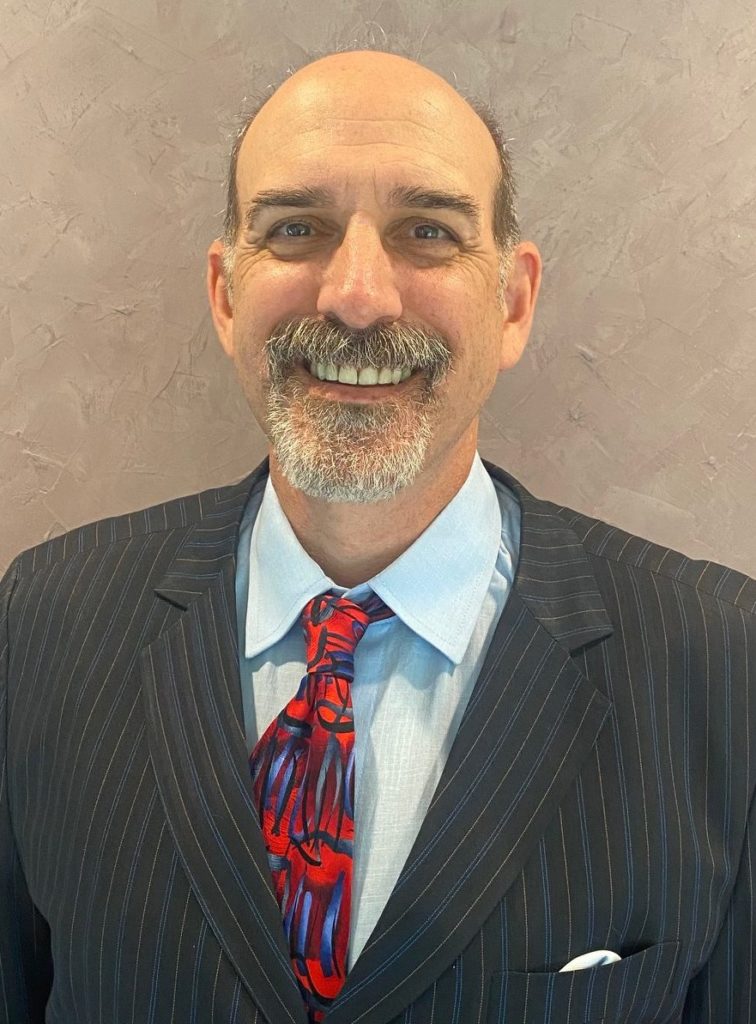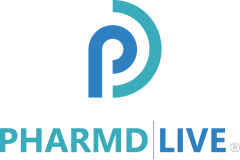By Marshall Eidenberg, OD
In early 2001, I was a soldier in the Army when a new advertisement showed up on TV featuring Corporal Richard Lovett as a hard-charging soldier running in the desert and making the statement, “… I am an Army of one.”1
The problem was that as good as he was alone, he was alone.
He could not complete Special Forces training,2 at least in part, because that requires teamwork.
There is an African proverb, “If you want to go fast, go alone. If you want to go far, go together.”
You most likely are a great doctor, as hard-charging Lovett was in the commercial.
But through patient care, documentation, regulatory requirements, and physical time limitations, you do not have the ability you would like to work with your colleagues to benefit any given patient.
In addition, physician resources are spread thin.
To be one, can leave you feeling very alone.
Enter teamwork and Chronic Care Management (CCM).
The Centers for Medicare and Medicaid Services (CMS) offer financial incentives to encourage physicians to participate in Chronic Care Management for enrolled patients.
The program is designed to benefit patients—and physicians.
The presence of two or more chronic conditions (co- or multimorbidities) is required to enroll in the program.
Adherence is measured by selected Merit-based Incentive Payment System (MIPS) quality measures related to patient outcomes, appropriate use of medical resources, patient safety, efficiency, patient experience, and care coordination.
There is an incentive to do well and an incentive to avoid the risk of penalty for not meeting specific metrics.
Also, the government has programs encouraging additional value-based care programs such as Remote Patient Monitoring.
On the one hand, taking on MIPS financial incentives creates a new revenue stream, when the physician’s team works well with the care coordinator to help the patient control the comorbidities.
Doing it alone can put you in the same spot as Lovett.
In the words of the African proverb, go far by going together.
Everyone has been hit hard by the pandemic and subsequent effects this past couple of years.
These value-based initiatives are coincidentally good timing—allowing physicians to resume being clinicians instead of “moving meat” on the fee-for-service treadmill program.
PharmD Live helps support your patient’s best health.
The pharmacists are a dedicated squad ready to combine PharmD Live’s proprietary artificial intelligence software with their knowledge of medications and potential interactions and side effects.
They are highly trained to troubleshoot patient issues with medication and complex health conditions.
Beyond the improved patient care aspects of decreased ER visits and hospitalization for heart failure3, among other conditions, the right chronic care management program and coordination partner can take you to the upside while mitigating the downside risk of the CMS quality measures.
Medicine is a team environment.
Our pharmacists are experts in assisting with medication management because of their extensive education.
They help relieve the burden of chronic care management by taking a more active role in patients’ health as coordinators.
Additional help is especially relevant because the healthcare industry is facing a shortage of primary care physicians.
Just as important, clinical pharmacists have an opportunity to develop relationships with patients to better understand how to optimize and adhere to their medications and further analyze and adjust care plans that directly benefit patients’ health outcomes.
About the author

Dr. Eidenberg is a board-certified emergency medicine physician interested in trauma, improving efficiency and flow, and wellness in the community and healthcare settings. He graduated with a bachelor’s in Biology from Western Maryland College and earned his medical degree from the Philadelphia College of Osteopathy. Dr. Eidenberg additionally received a Healthcare Management MBA from Walden University.
Sources:
1 Dao, J. (2001, January). Ads now seek recruits for an army of one. New York Times. https://www.nytimes.com/2001/01/10/us/ads-now-seek-recruits-for-an-army-of-one.html. Accessed 20 April 2021
2 Army commercial star leaves training. (2001, July 27). Washington Times. https://www.washingtontimes.com/news/2001/jul/27/20010727-024452-1274r/. Accessed 20 April 2021
3 Ballo, P., Profili, F., Policardo, L., Roti, L., Francesconi, P., & Zuppiroli, A. (2018). Opposite trends in hospitalization and mortality after implementation of a chronic care model-based regional program for the management of patients with heart failure in primary care. BMC health services research, 18(1), 388. https://doi.org/10.1186/s12913-018-3164-0








